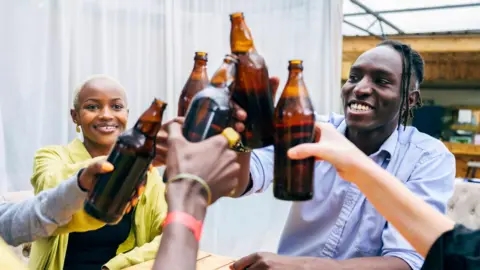High-resolution imaging has uncovered remarkably intricate tattoos on the remains of a 2,500-year-old woman from Siberia, offering new insights into the artistry and culture of an ancient warrior society.
The tattoos, which depict leopards, a stag, a rooster, and a mythical griffin-like creature, were found on the woman’s arms and hands. Researchers noted that the precision and detail of the designs would challenge even modern tattoo artists.
Belonging to the Pazyryk people—a nomadic group that roamed the steppes between China and Europe—the woman was around 50 years old when she died. Her preserved remains, discovered in the Altai Mountains in the 19th century, had been encased in ice, helping to protect the delicate artwork on her skin.
Using advanced scanning techniques, experts at the Hermitage Museum in St. Petersburg revealed previously unseen details of the tattoos. The images, now visible in crisp detail, show dynamic scenes of animals in combat, a hallmark of Pazyryk artistic style.
One striking feature is a rooster tattooed on her thumb, a design that stands out for its uniqueness. Researchers speculate that the varying quality of the tattoos on her arms may indicate different artists at work or possible mistakes during the process.
To better understand how these tattoos were created, archaeologists collaborated with a specialist who replicates ancient tattooing methods. The findings suggest that the designs were likely stenciled onto the skin before being inked with tools made from animal bone or horn, using pigment derived from burnt plants or soot.
The study also revealed that some tattoos had been damaged before burial, hinting that they held significance primarily for the living rather than the afterlife.
This discovery not only highlights the sophistication of ancient tattooing but also provides a rare glimpse into the life and culture of the Pazyryk people, whose traditions have long fascinated historians.
The findings were published in Antiquity, shedding new light on a practice that continues to hold deep meaning for many today.









